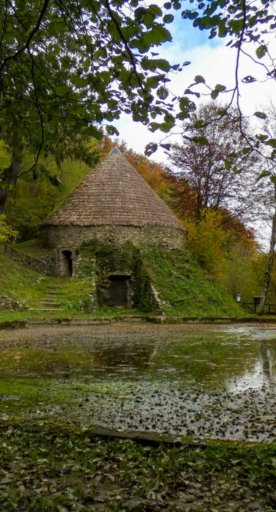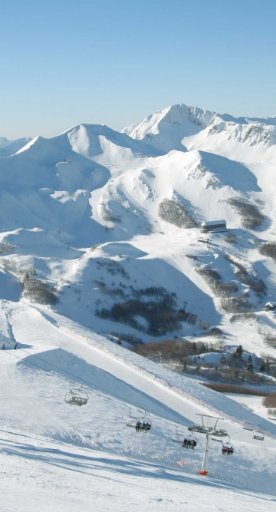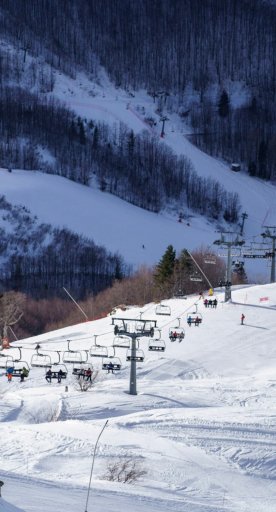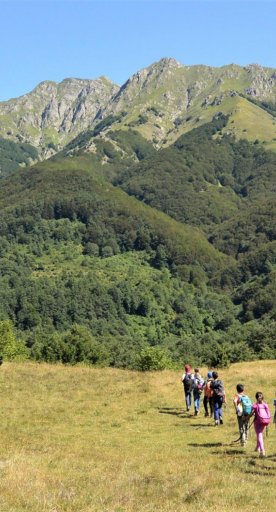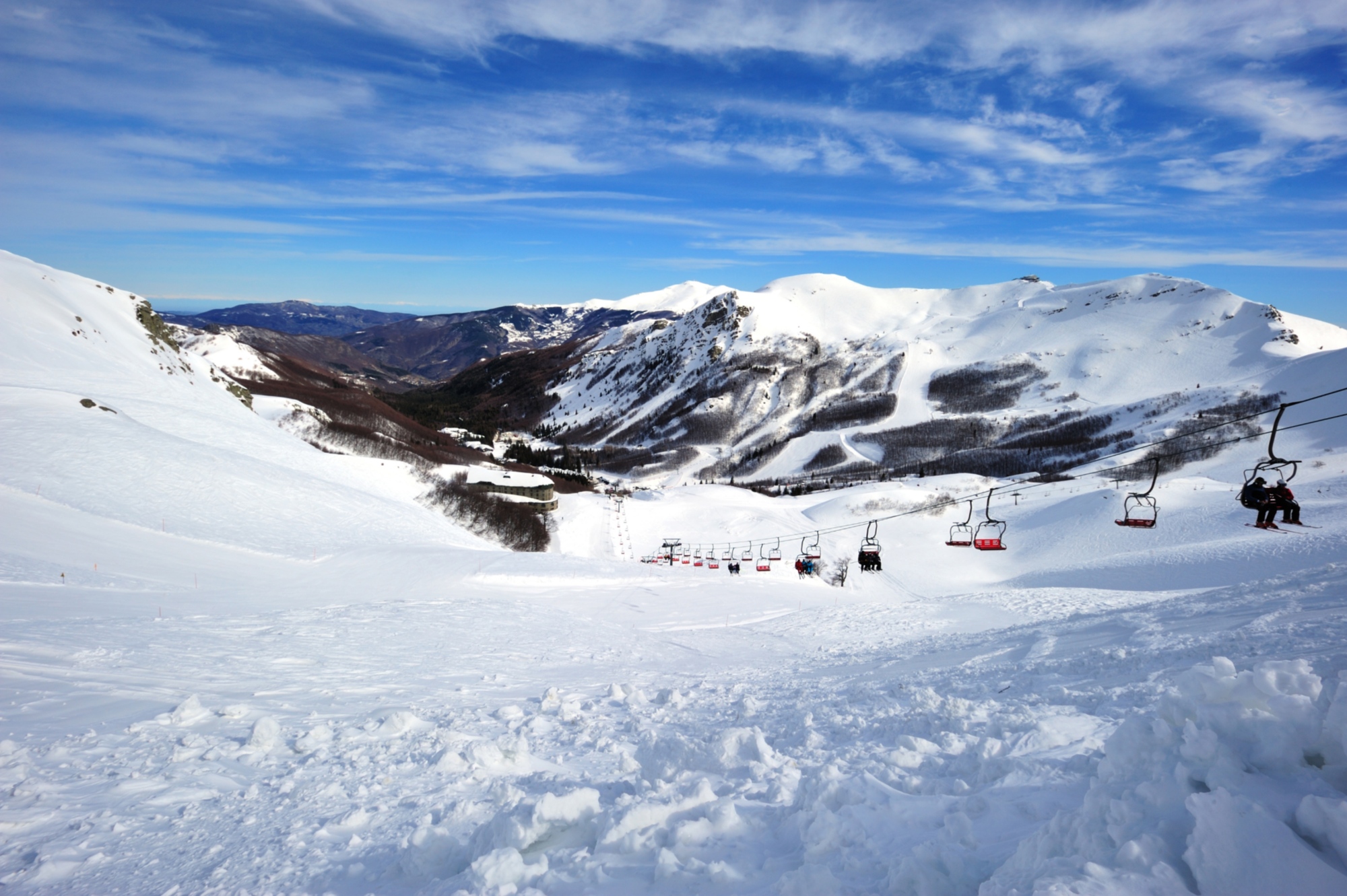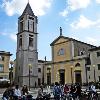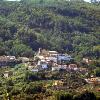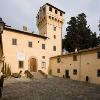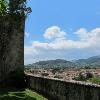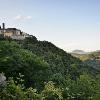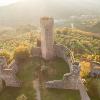During the winter season, the ski slopes are very popular with snow enthusiasts. The Abetone ski area is the largest in central Italy and one of the most renowned in Italy. It's made up of 50 kilometers of slopes, it's well served by a system of 17 ski lifts, and there are two ring tracks dedicated to cross-country skiing, amounting to 15 kilometers. The Doganaccia ski area winds around 15 km of slopes and features a ski school that's considered the most beautiful in the area.
Mountain lovers find their natural paradise on the Pistoia Mountains. It offers numerous paths that can be undertaken on foot or by bicycle along the centuries-old Ximeniana road. Starting from the center of Abetone near the stone pyramids, you can explore the treasures of nature as far as Monte Maiori, or you can continue to the summit of Libro Aperto at 1937 m.
For easier walks, you can visit the picturesque village of Cutigliano which is perfect to explore on foot. Among the things to visit are the Palazzo dei Capitani della Montagna that will first grab your attention with its dense array of noble coats of arms that are ideally admired from the shade of the fifteenth-century Loggia lying opposite it. A short distance from the town hall square, you'll find the church of the Madonna di Piazza. Just outside the town, you can visit the Pallaia bridge and the Church of San Bartolomeo.
After the town of Cutigliano, you can reach Doganaccia by car. Climbing further, you first arrive at the Passo della Croce Arcana and can take a red and white path to Lake Scaffaiolo, one of the most charming natural lakes in the Northern Apennines.
One way to learn more about these mountains is to visit the Montagna Pistoiese EcoMuseum, which offers various itineraries for exploring the historic trades, customs, and local flora and fauna. An interesting stop in the network is most certainly the Botanical Garden. It includes a large wooded area formed by the original Apennine forest, a small rock garden and a pond.
In the hamlet of Rivoreta, you can visit the Ethnological Museum of the People of the Apennines. It presents a journey into the life of local people, from the past through to the present, revealed through objects from work and daily life, as well as images, sounds and stories.











